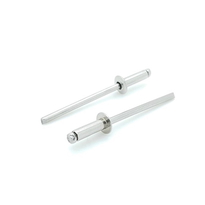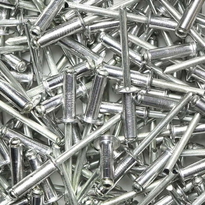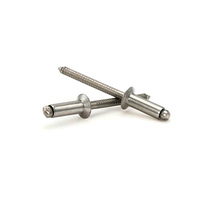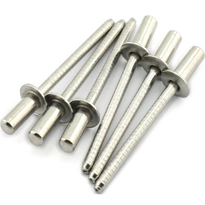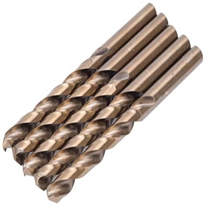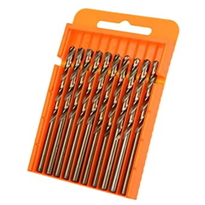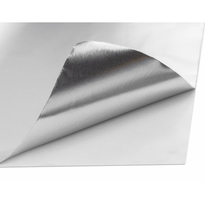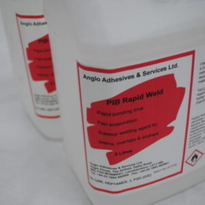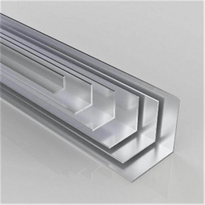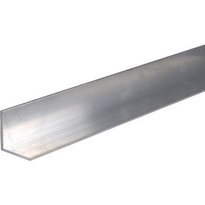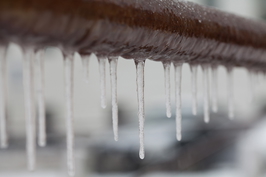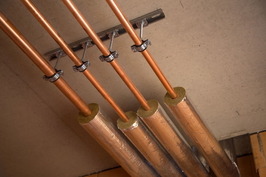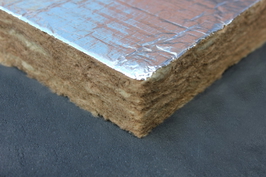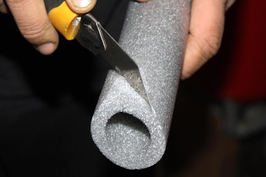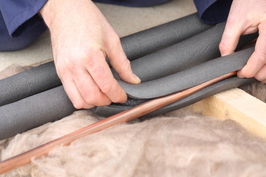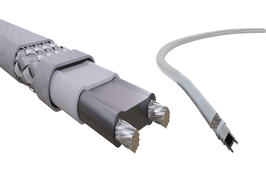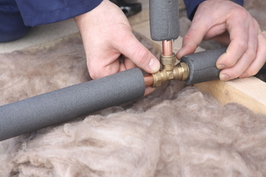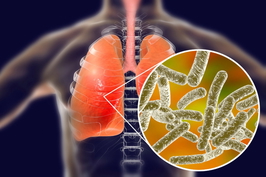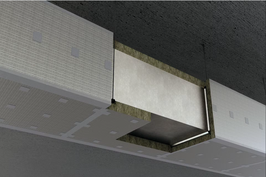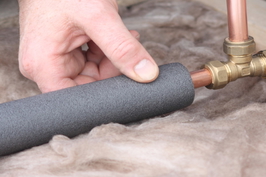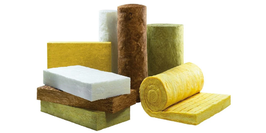Pipe Cladding
Pipe cladding involves applying protective materials such as aluminium, stainless steel, or aluzinc to the surface of pipes. The primary purpose is to prevent corrosion, enhance durability, and extend the operational lifespan of the pipework. Selection of these materials depends on the environmental conditions and specific operational requirements. Common application methods include weld overlay, powder metallurgy, and laser cladding, all designed to ensure a secure and durable bond between the material and the pipe surface.
Proper surface preparation is essential to achieve optimal adhesion and performance. This includes cleaning and roughening the pipe surface to promote bonding and prevent future corrosion. Additionally, environmental factors such as humidity, temperature fluctuations, and exposure to corrosive agents must be considered to determine the most suitable cladding material and technique.
Continued research and development have led to more advanced techniques and application strategies. These innovations aim to optimize pipe protection, improve long-term performance, and reduce maintenance needs. Selecting the right cladding method and materials is crucial to ensuring that the pipe system remains resilient in demanding conditions, thereby safeguarding the infrastructure and economic investments.
Types of Pipe Cladding Materials
Have you ever wondered what materials are used to protect pipes through cladding? Pipe cladding employs a range of metals and materials designed for durability, corrosion resistance, and environmental resilience.
Aluminium is popular for its lightweight nature and resistance to corrosion, making it especially suitable for high-temperature applications. Aluminium naturally forms a protective oxide layer, which enhances its durability in tough conditions.
Aluzinc, an alloy comprising aluminium, zinc, and silicon, offers excellent durability and robust protection against corrosion.
Stainless steel provides high corrosion resistance even in the harshest environments, making it suitable for extreme conditions commonly encountered in industrial settings.
Zinc-aluminium coatings serve as effective barriers against corrosion, thereby extending the lifespan of pipes.
Additionally, specialized materials such as rubberized asphalt and nitrile rubber cladding deliver excellent sealing and moisture resistance, ensuring the integrity of pipe systems.
Different cladding options are chosen based on the specific environmental and operational requirements, supporting both safety and efficiency in infrastructure and industrial systems across the UK.
Applications and Benefits of Pipe Cladding
Pipe cladding plays a vital role across various industrial sectors by enhancing the protection and longevity of pipeline systems. It effectively prevents internal corrosion caused by demanding marine and terrestrial conditions, safeguarding the integrity of pipelines. Protection against corrosive environments is especially crucial in offshore oil and gas operations, where exposure to saltwater can accelerate deterioration. Furthermore, it offers robust resistance against corrosive substances such as acids, chemicals, and hydrocarbons commonly encountered in the oil, gas, and chemical processing industries. In addition to corrosion resistance, pipe cladding extends the operational lifespan of pipelines. This reduces the frequency of replacements and decreases maintenance downtime, leading to increased efficiency and cost savings. By minimizing failure incidents and emergency shutdowns, cladding also helps ensure compliance with strict safety and environmental standards. In sectors such as mining and water treatment, pipe cladding provides excellent protection against abrasive materials, erosion, and corrosive agents. This advantage allows for the use of more economical pipe materials without compromising performance, thereby improving overall pipeline durability. The use of durable materials like embossed aluminium sheets further enhances these benefits by providing a protective barrier. Collectively, these benefits contribute to safer, more reliable, and cost-effective pipeline operations across UK industries. Enhanced protection not only supports operational efficiency but also promotes environmental safety and regulatory compliance, making pipe cladding an essential component in modern pipeline management.
Methods and Environmental Factors in Pipe Cladding
Various methods are employed to apply pipe cladding, each with specific advantages and technical requirements that influence their suitability for different applications.
Weld overlay techniques utilise welding processes to deposit corrosion-resistant alloys directly onto the pipe surface, allowing precise control over the cladding thickness and material selection. This method is highly durable and suitable for pipes subjected to extreme conditions. Surface hardening enhances the structural performance and longevity of the pipes under harsh operating environments. Additionally, proper surface preparation is crucial to ensure optimal bonding and corrosion resistance.
Powder metallurgy involves coating the pipe with powdered material, which is subsequently melted to form a strong bond. While typically used for applying thin layers, this technique provides excellent adhesion and corrosion resistance. The process allows for customization of material composition to match specific environmental demands.
Explosive bonding applies a shockwave to bond materials together when the pipe’s wall thickness can withstand the force utilized during the process. It's particularly effective for creating strong, metallurgical bonds between dissimilar materials. Careful control of detonation parameters is necessary to achieve the desired bond quality and integrity.
Hot rolling heats both the pipe and the coating material prior to passing them through rollers, facilitating a secure bond between the layers. This method is commonly employed for large-scale industrial applications. It also benefits from the heat treatment process, which can improve mechanical properties and stress relief.
Laser cladding employs focused laser beams to melt materials onto the pipe surface, offering precise application with minimal heat distortion and high-quality surface finish. This technique also enables the addition of wear and corrosion-resistant coatings in targeted areas, extending the service life of pipes. Environmental factors such as temperature, humidity, contamination, and material compatibility significantly impact the success and durability of the cladding process. Proper consideration of these factors is essential to optimize the performance and lifespan of the cladded pipes.
Conclusion
In conclusion, selecting appropriate pipe cladding materials depends on specific application requirements, environmental conditions, and desired durability. A proper understanding of cladding methods and environmental factors ensures effective protection against corrosion, temperature fluctuations, and mechanical damage, thereby extending the lifespan of pipes and reducing maintenance costs. A thorough evaluation of material options, combined with careful application techniques, enables optimal performance and reliability in various industrial and infrastructural contexts. Accurate implementation supports long-term system integrity and operational efficiency.





